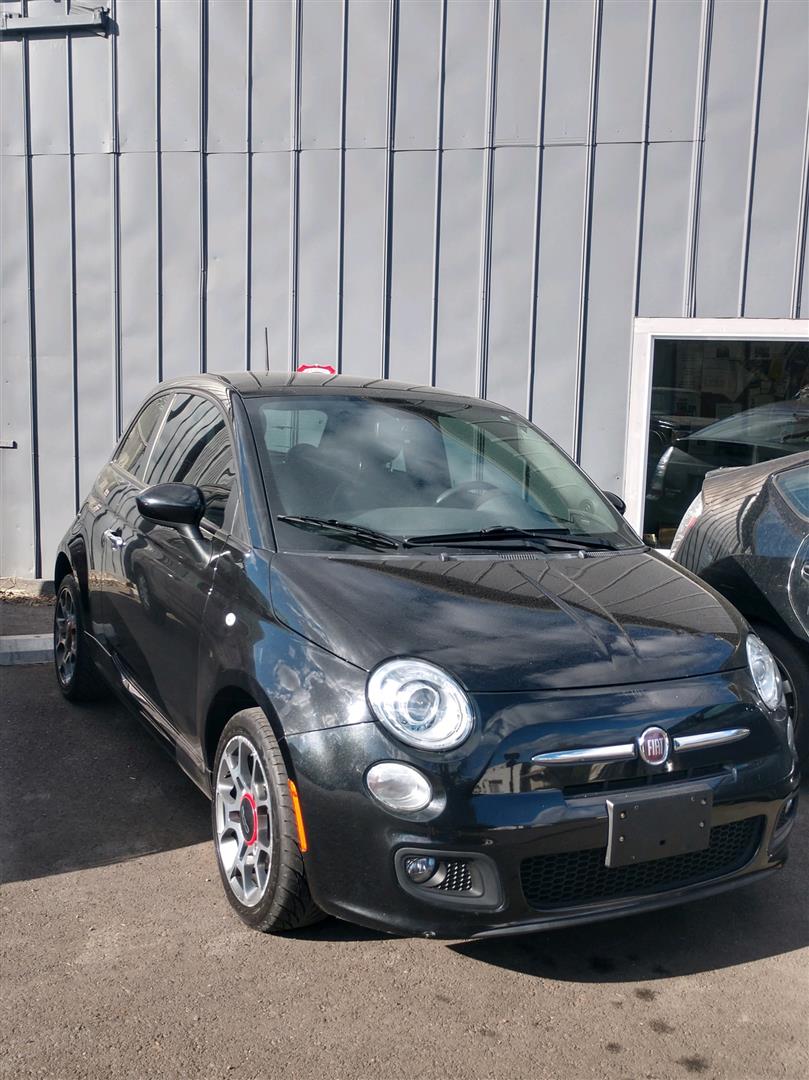Posted on 12/27/2023
Let's delve into the details of brake fluid contamination and the importance of a brake fluid service. Brake fluid plays a critical role in ensuring the proper functioning of your vehicle's braking system. It operates within a closed hydraulic system, transmitting the force applied to the brake pedal to the brake components near the wheels. Over time, brake fluid can absorb moisture from the air, especially in humid conditions. This moisture contamination can have significant consequences for your vehicle's safety and performance. When moisture infiltrates the brake fluid, it lowers the fluid's boiling point. Under normal braking conditions, the friction generated can cause the temperature of the brake fluid to rise. If the fluid has a lower boiling point due to moisture contamination, it can lead to the formation of vapor within the brake system. Vapor is compressible, unlike brake fluid, which is designed to be incompressible. As a result, when vapor forms, it can c ... read more
Posted on 12/20/2023
An overheating car can be caused by various issues within the cooling system. The cooling system is responsible for regulating the engine temperature and preventing it from getting too hot. Here are some common reasons why a car might overheat: 1. **Low Coolant Level:** Insufficient coolant (antifreeze) in the radiator can lead to inadequate heat dissipation. Check the coolant level in the reservoir and radiator regularly, and top it up if necessary. 2. **Coolant Leaks:** Leaks in the cooling system, such as from a radiator hose, water pump, or radiator, can result in a loss of coolant. This leads to a decrease in the system's ability to cool the engine. 3. **Faulty Thermostat:** The thermostat regulates the flow of coolant through the engine. A malfunctioning thermostat may get stuck closed, preventing proper coolant circulation and causing the engine to overheat. 4. **Faulty Water Pump:** The water pump is responsible for circulating coolant through the engine and radiator. I ... read more
Posted on 12/13/2023

When it comes to the smooth operation of your vehicle, many factors play a crucial role, and among them are the often-overlooked motor mounts and transmission mounts. These sturdy components are responsible for securing your engine and transmission, ensuring they work seamlessly with the frame of your vehicle. Let's chat about the significance of motor and transmission mounts, their functions, signs of wear, and why keeping an eye on them is essential for a trouble-free ride. Understanding Motor Mounts: A Sturdy Foundation Motor mounts, also known as engine mounts, are structural components that connect your vehicle's engine to its frame. Their primary function is to support the engine and absorb the vibrations and movements generated during operation. This ensures a smooth and stable ride, preventing excessive noise and reducing the impact of engine vibrations on the vehicle and its occupants. Signs of Worn Motor Mounts: 1. Excessive Vibrations: If you notice an ... read more
Posted on 12/6/2023
A ball joint is a crucial component in the suspension system of a vehicle. Its primary function is to connect the control arms (or wishbones) to the steering knuckles, allowing for the flexibility of movement in different directions. This connection enables the front wheels to pivot and move up and down, facilitating the vehicle's suspension and steering systems. The ball joint consists of a ball and socket mechanism. The ball joint is attached to the control arm at one end and to the steering knuckle at the other end. The ball inside the joint allows for a smooth articulation, allowing the wheel to turn left and right, and to move up and down over bumps and irregularities in the road. Over time, ball joints can wear out due to the constant movement and stress they endure. When a ball joint fails, it can lead to issues such as poor steering control, uneven tire wear, and compromised handling. Therefore, regular inspection and maintenance of ball joints are important for ensuring ... read more